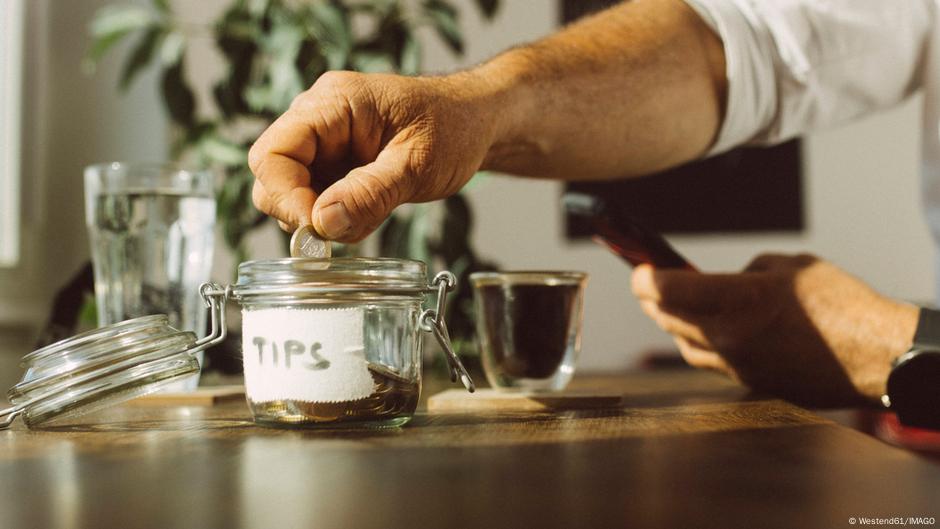
"Tipping today evokes a range of motivations, including feelings of self-improvement, impressing others, or compensating for low service staff wages."
"Historically, tipping originated in medieval Europe when aristocrats rewarded those who served them, but by the 19th century, it dwindled in Europe and thrived in the US."
"As digital payment solutions evolve, the norms and expectations for tipping are shifting, leading to confusion about when and how much to tip."
"Motivations for tipping include rewarding good service, fulfilling perceived obligations, and the desire to receive preferential service or social approval."
Tipping practices today are influenced by evolving technology and changing societal norms. Traditionally clear practices like tipping waitstaff or hairdressers are now complicated by situations like fast-food service or self-service kiosks. This confusion stems from varying motivations for tipping, including personal gratification, social expectations, and supplementing low wages. Historically, tipping originated from aristocratic traditions in medieval Europe but gained a firm foothold in the U.S., later spreading worldwide. Social approval and maintaining good service are significant factors prompting many to tip now, despite the lack of clarity in some service contexts.
Read at www.dw.com
Unable to calculate read time
Collection
[
|
...
]